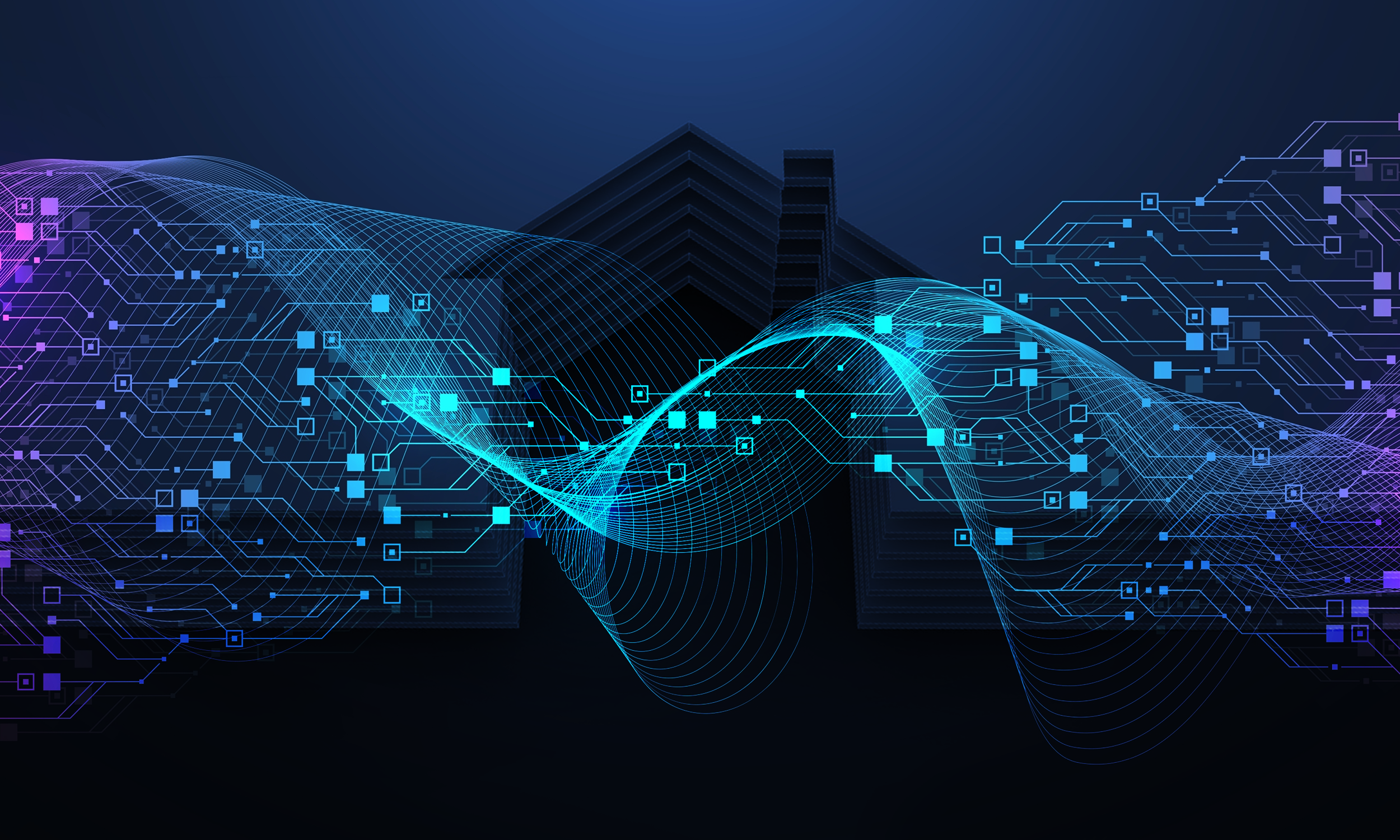Missing data can disrupt machine learning workflows, but imputation can help fill in the blanks to keep your models on track. Autoencoders, a type of neural network, excel at reconstructing data by learning complex patterns, outperforming traditional methods like random forest imputation. In our experiment on housing data, autoencoders reduced errors by 3-6 times across features, proving their effectiveness in handling intricate feature relationships. This makes them a powerful tool for imputation and beyond, with applications in denoising, feature extraction, and anomaly detection.
Using AI to Predict Influenza, C19 and Other Infectious Disease Rates
AI can be used to generate regional forecasts of infectious disease rates that, in turn, empower government and other leaders to make prudent social distancing and other preemptive modifications. As a case study, we will look at influenza data supplied by the Centers for Disease Control. Our goal is to use ILI data to train a model that will accurately predict future seasonal flu levels.
Using AI to Remotely Assess Mood, Emotions & Mental Health
How we communicate and conduct business will likely forever be changed as a result of the COVID-19 pandemic. While telecommunication technologies have helped ease our burden, we simultaneously face a looming mental health crisis. With a burdened healthcare system and a large population at risk in isolation, innovative solutions are required to help those in need and to facilitate more informed communication.
Using AI to Improve Sports Performance & Achieve Better Running Efficiency
Can amateur athletes improve their performance using artificial intelligence and nothing more than a smart phone? As an AI practitioner and a dedicated runner, I decided to find out leveraging body pose estimation, an advanced AI technology that automatically generates a skeleton for people in each frame of a video.


